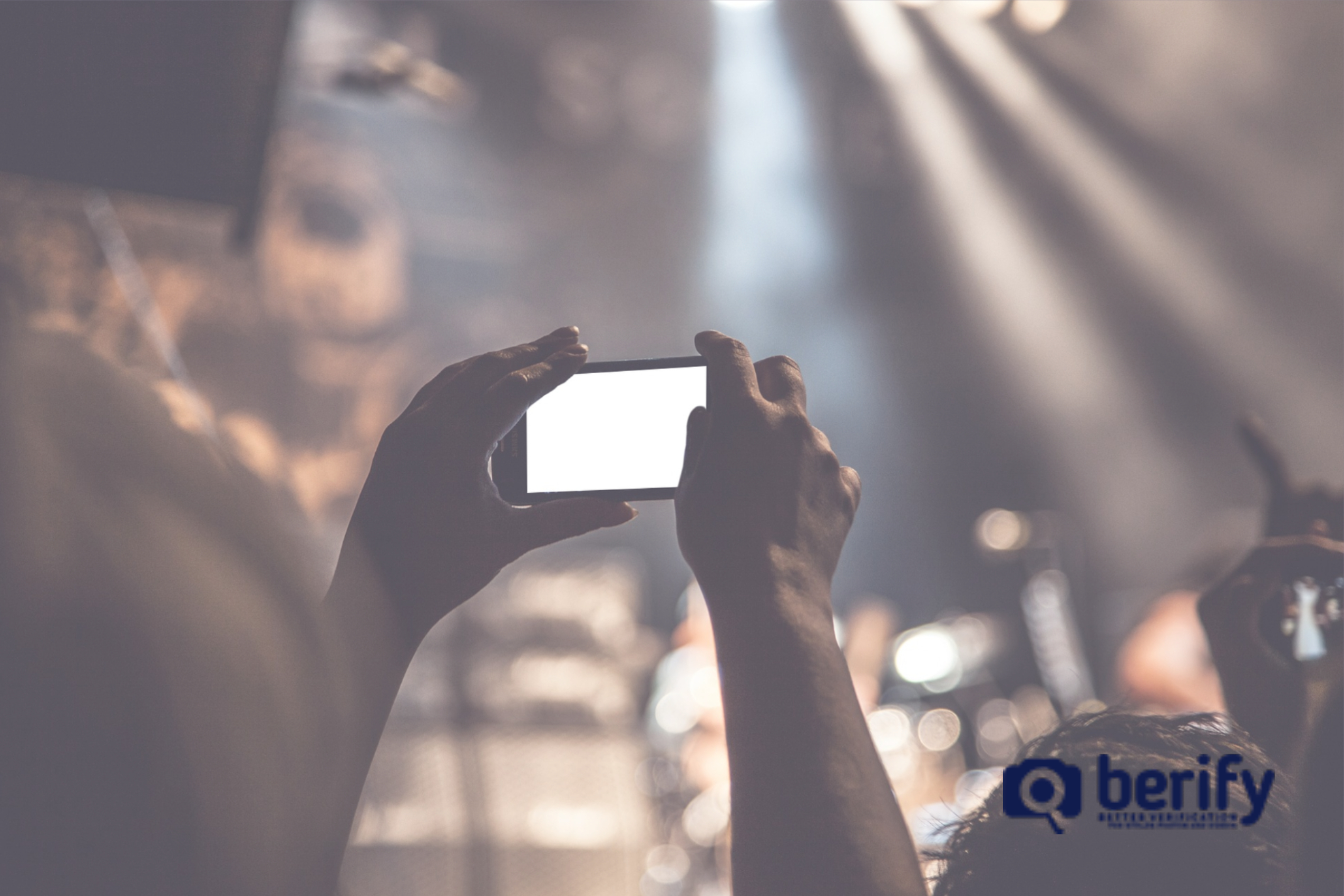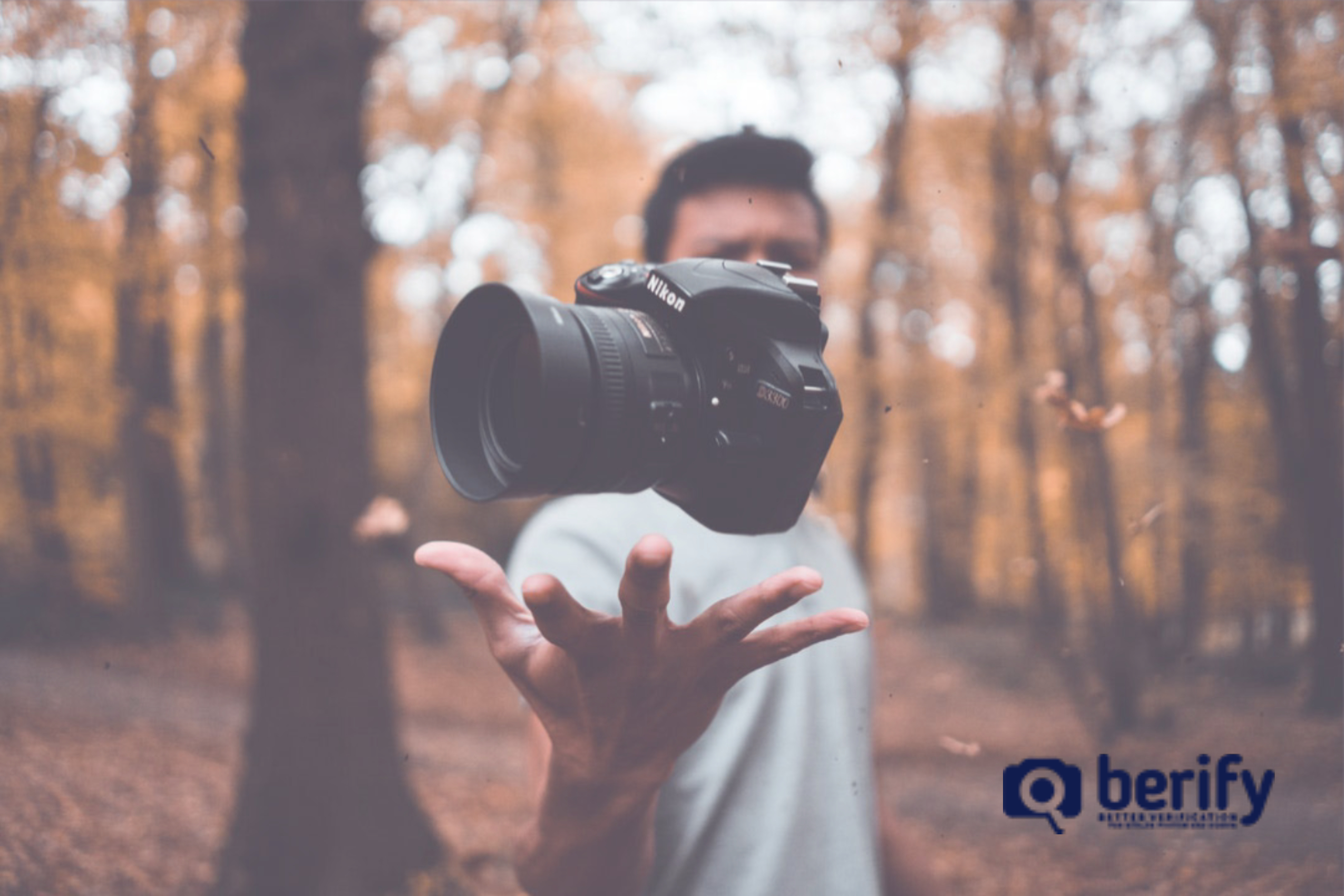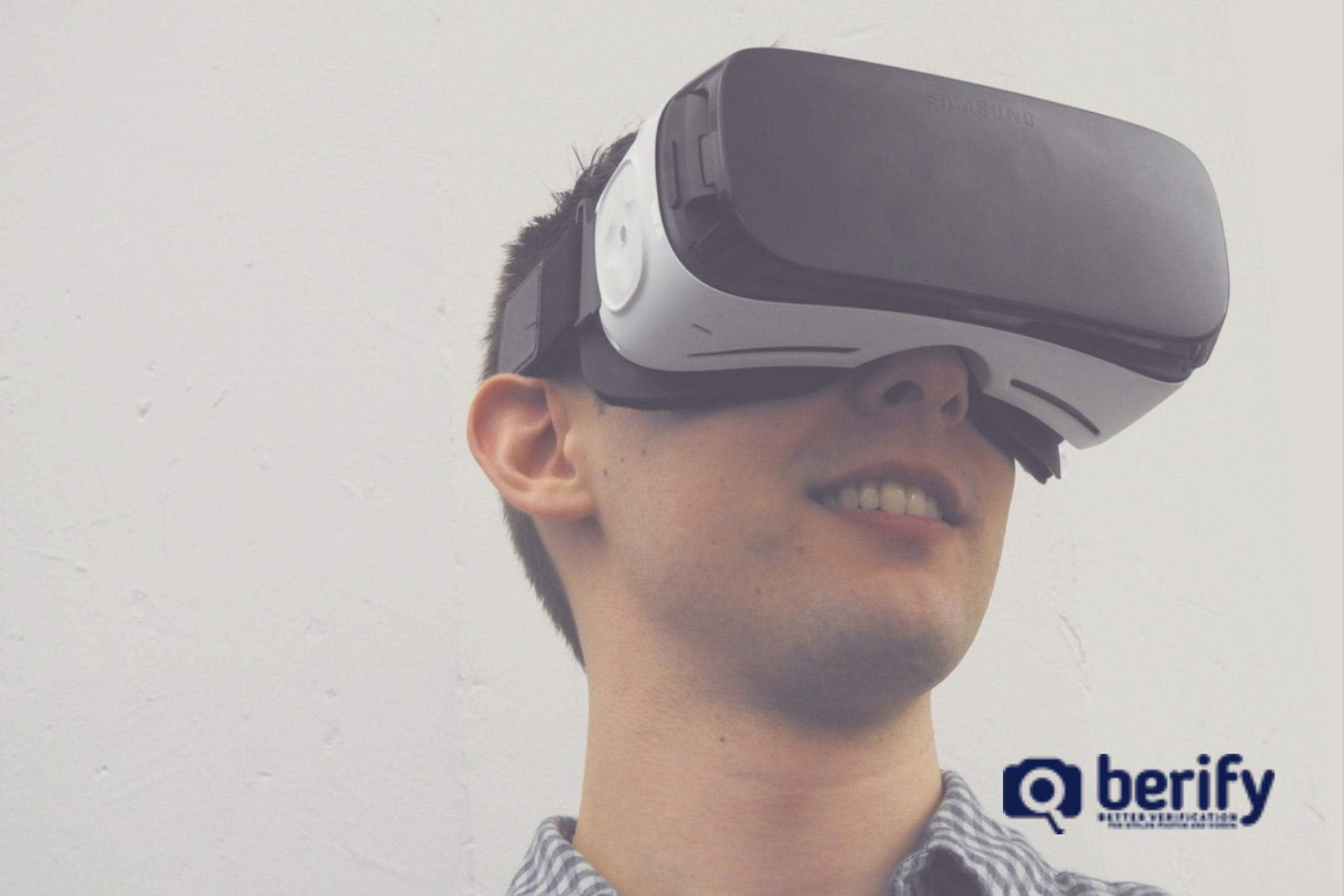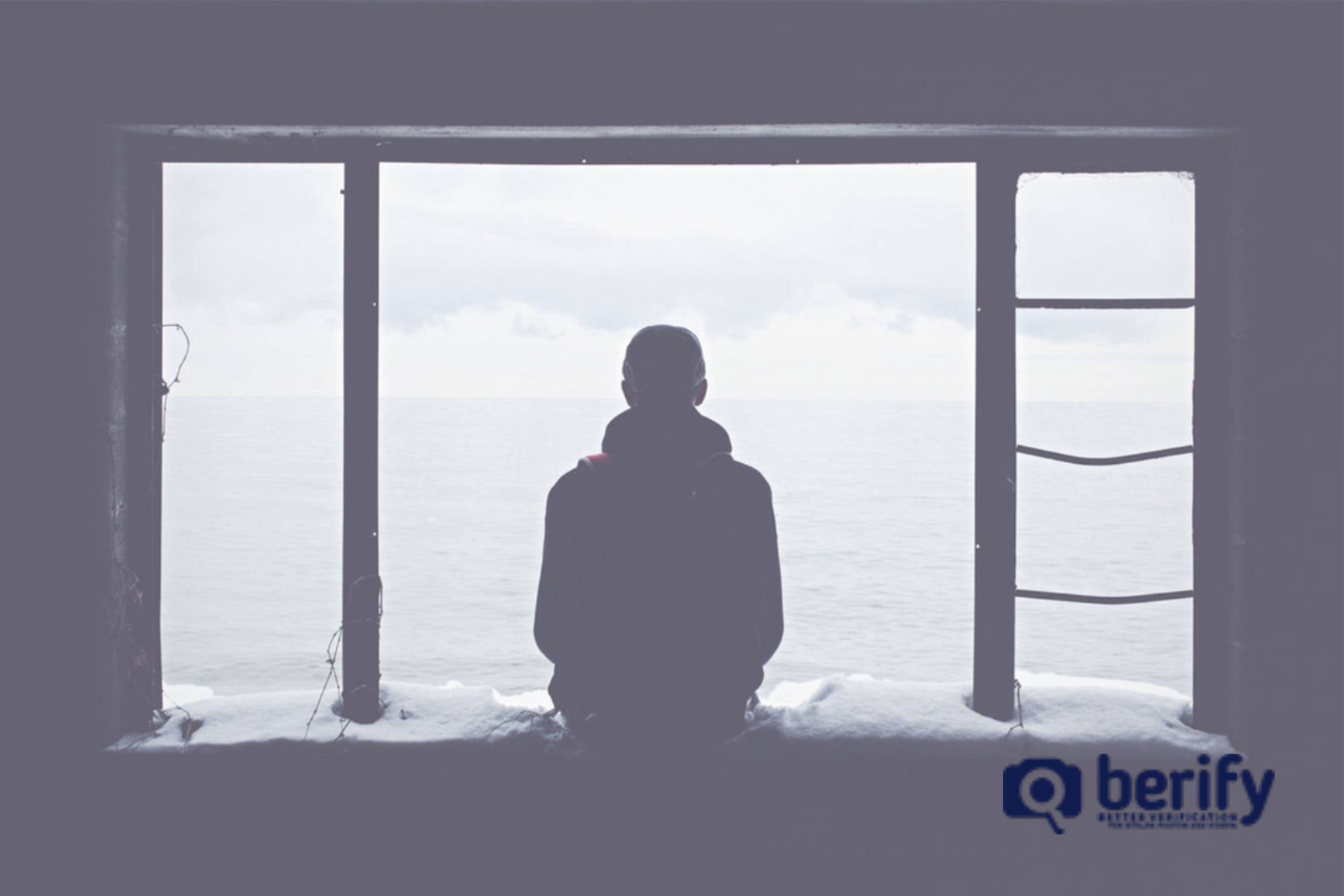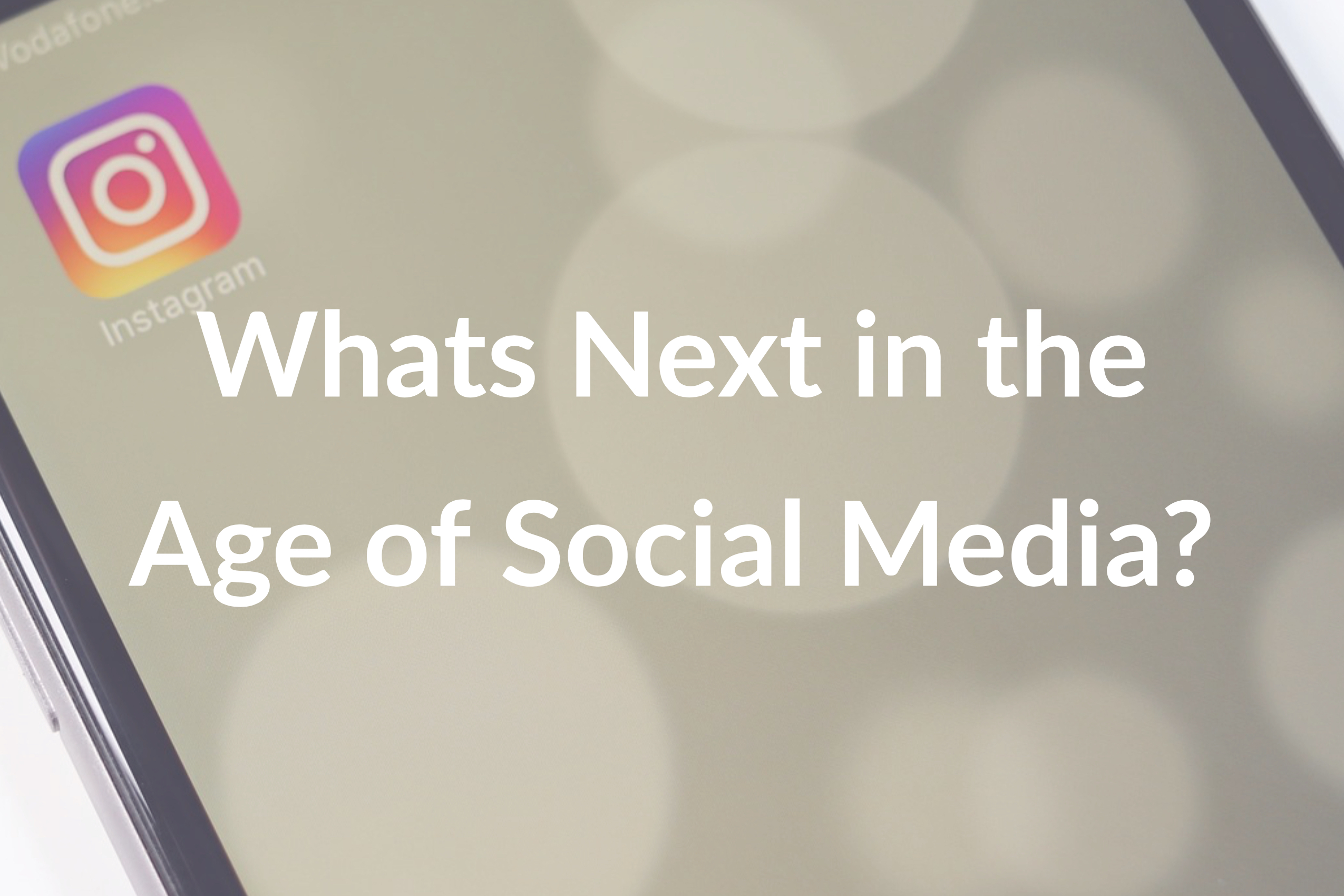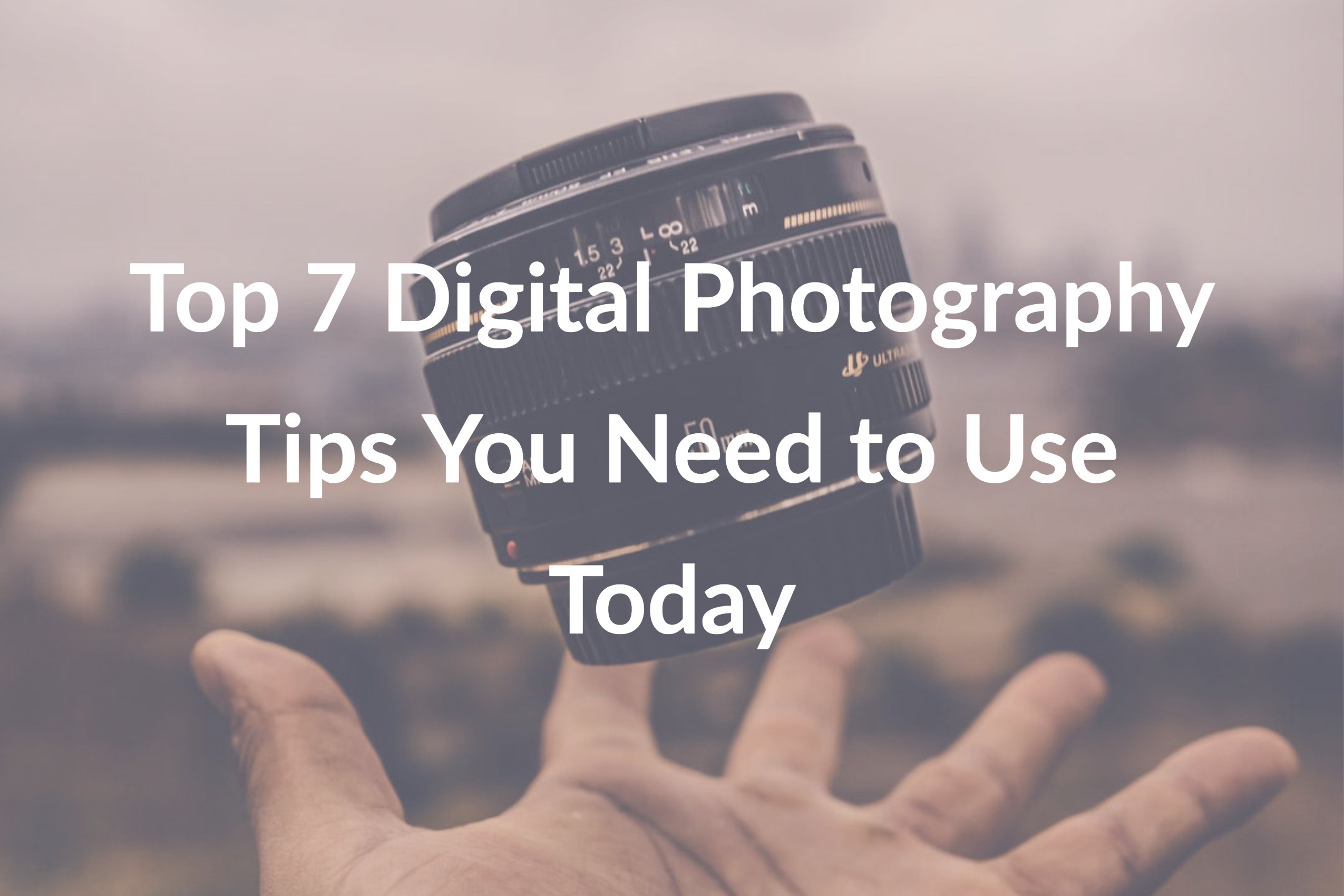How Is AI (Artificial Intelligence) Changing the Future of Photography
Artificial intelligence is no longer a futuristic concept found only in science fiction books and movies. Artificial intelligence, also called AI, is here to stay and its effects are embedded in multiple aspects of modern life. Each time you access a computer, see a film or use technology, it is likely that part of what you are experiencing involves the use of artificial intelligence.
However, did you know that photography is next on AI’s “to do” list? Before long, you might be able to produce photographic images without even using a camera or also erase people from your photographs instantly!
Yes, you read that correctly!
Join us as we explore what artificial intelligence is and how is it used, along with its implications for the field of photography. Be the first to glimpse into the future of AI and share our article with fellow photographers!
Brief History of AI
What we know of as modern AI has its first roots at a conference in 1956, held at Dartmouth College. It was then that the term “artificial intelligence” was used publicly. The future looked bright to the MIT cognitive scientists in attendance at that event, but the reality was more complicated. While scientists expected more substantial advancements to occur within that generation’s lifetime, they did not. This is partly because government funding to the technology was lacking (and almost non-existent) from 1974-1980.
Part of that lack of funding was due to public misconception and concern after adverse reports criticizing the process emerged. Funding began again in 1980, primarily because the United States wanted to compete with Japanese scientists’ efforts.
Since then, technology and funding have continued in an ebb and flow fashion, with a significant focus on AI occurring since 1997. One triggering event for the increase in AI focus post-1997 was IBM’s robot (Deep Blue) defeating a human in the quiz show “Jeopardy”. From those new renderings of artificial intelligence, the goals have changed, and human-like robots are no longer the primary goal.
While those ideas are still pursued, the larger, more important, goal is for machines to become (significantly) more adept than humans are at multiple tasks. This would allow AI to do many things that humans cannot without manual computer use. One example of modern AI is the facial recognition software found in Apple’s newest iPhones, which can distinguish one face from another, almost instantly.
How is AI Changing Photography?
One frightening way that AI can affect photographers is by replacing them. Not only is the field of photography at risk, but advancement in technologically advanced machines may also replace most tasks performed by humans – engineering jobs, automotive, transportation, and more. Some people worry that this might lead to chaos, as people will have little work to do and be idle, with a lot of spare time on their hands. Others recommend that humans rely on a type of pay called Universal Basic Income, as traditional jobs become unsustainable.
When it comes to replacing photographers, all that it might take in the future to produce a highly detailed, realistic image is for someone to type what they need into a computer. They could write “blonde boy on a horse near a lake” and then instantly manufacture faces and images created through machine learning (which is what AI is based on).
This is also called deepfake technology. Deepfake pictures are already happening and occur when images are superimposed onto video or other photos, to mislead the viewer deliberately. This can involve merging real images flawlessly (think of Face Swap on Snapchat, with greater accuracy) or creating artificially generated people. Deepfake photos have the potential to show people in embarrassing situations or saying or doing something they did not.
Many photographers worry their current images will be stolen and used as deepfakes. More importantly, as far as photography is concerned, if photography begins to incorporate more and more machine learning and deepfake technology, it could leave photography in the hands of those with the most massive budget and most expensive computers. These types of AI computers and programs are highly detailed and beyond what most people could afford.
What AI Images Mean for Us
The shift is already happening. As the science behind AI expands, part of what slows the gains are limits to computer’s processing capabilities (storage and speed). Once those increase, technology develops again. This process was apparent last year when NVIDIA created a library of celebrities who don’t exist but were manufactured through computer generated fake images.
We will soon be able to do the same from our AI fueled home computer. While photographers will still be able to take real, traditional photos, it will be wise to learn the new technology as it is created and distributed, to stay ahead in your field. While it might be tempting to stay traditional to the classics of the art form, if you really enjoy creating and working with images or use the platform professionally, learning this new technology will be necessary.
As AI photography emerges, a lot of the initial developments will be in camera aptitude. Last fall, MIT released a tool called “Deep Angel”. The tool allows you to erase anyone and anything from your photographs. This can allow you to edit out an ex with the click of a button or for photographers to edit instantaneously.
While AI technology is here to stay, the field of photography is particularly vulnerable. Start using tools like Berify to combat theft and AI deepfake editing now, and be ahead of the curve.
As a photographer, you can use reverse image searches to safeguard your images and remove stolen content from the web, with automatic scans. Now more than ever, take advantage of the ability to scan your pictures and see where they are being used or recreated, and by whom.
You can use Berify’s reverse image search algorithms to search for exact and similar images and protect your copyright.
Click Here to Use Berify
Are you worried about whether your camera will be considered obsolete or think that these worries are all theoretical fear mongering? Let us know in the comments!
